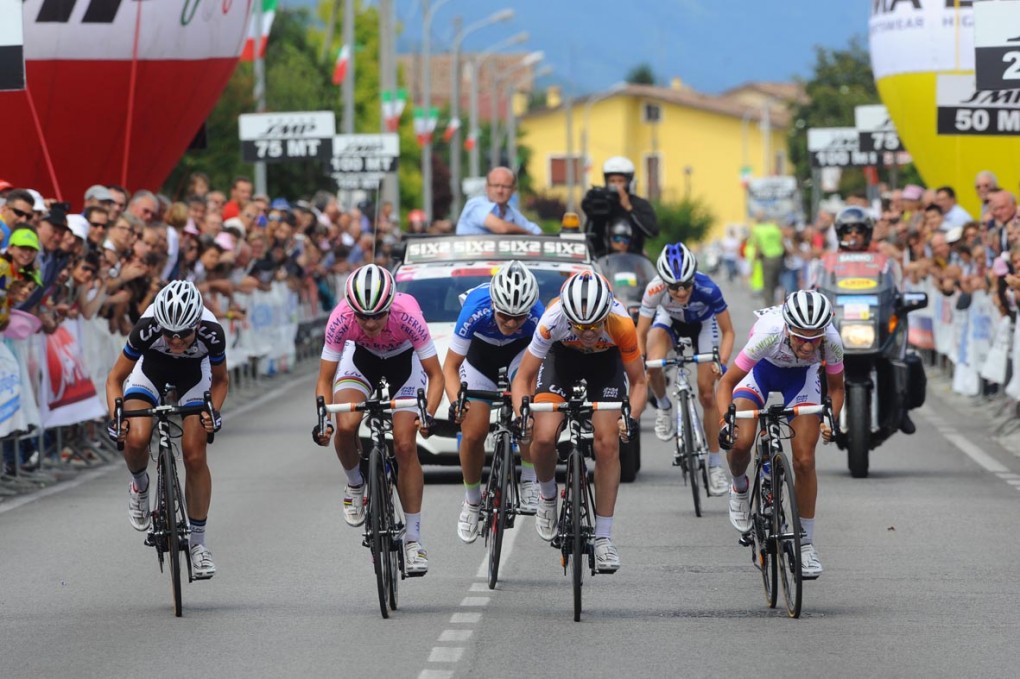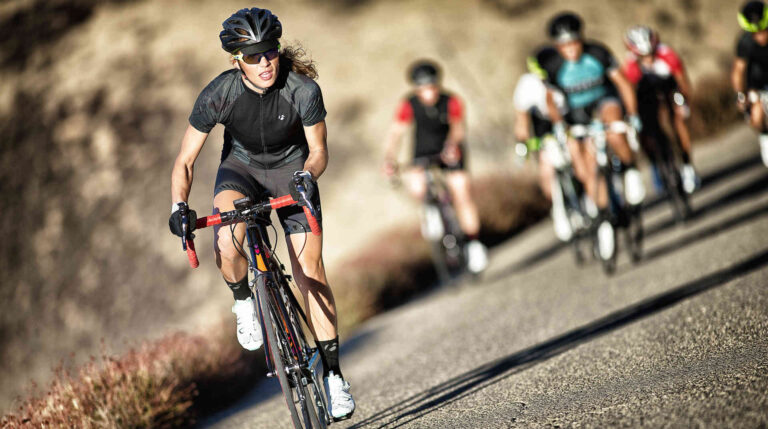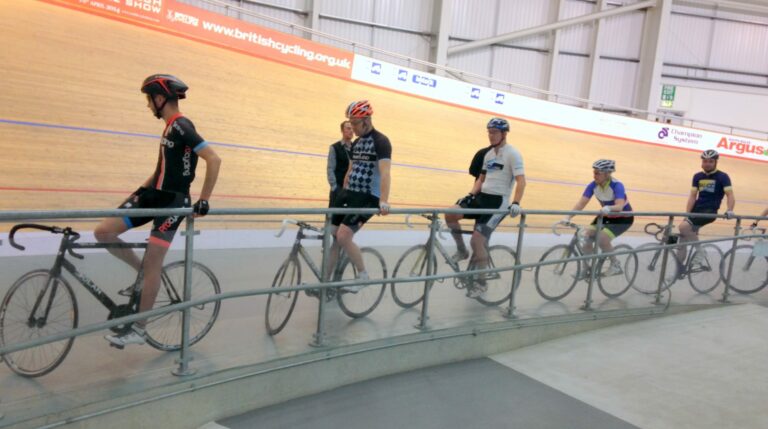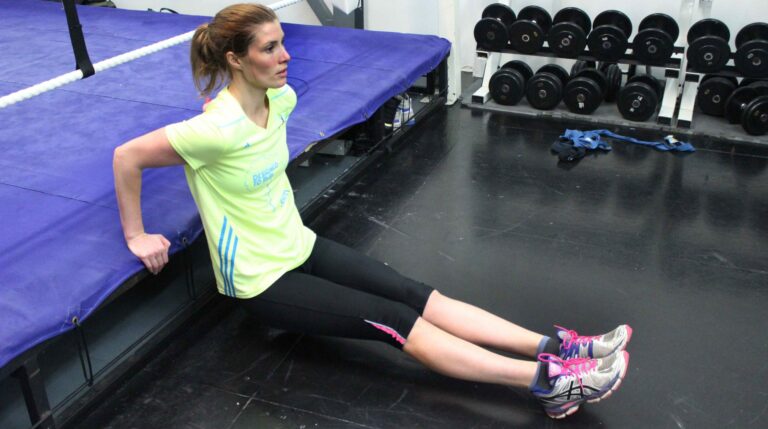If you are thinking about racing in 2015, then you will need to follow a training plan to ensure you have the endurance base to last the distance and the ability to sustain extended threshold efforts; but being able to sprint at the end of a race, jump across to a group of riders in a breakaway, or be the first to summit over a hill is crucial to success in competitive cycling.

There are several different types of sprinters, but both track cyclists and sprinters in road races will rely on explosive power, leg speed and muscular strength to varying degrees.
Nail the basics to become a better sprinter
The science bit:
Depending on the length of the sprint, the body will draw on different fuel sources and energy systems. Pure sprint efforts lasting from just a few seconds to a maximum of around 30 seconds, will utilise the immediate or short-term energy generation systems of Adenosine Triphosphate(ATP) and Creatine Phosphate (CP).
With a prolonged sprint, ATP is produced by the breakdown of carbohydrate in a process called glycolysis but it also produces pyruvate. In high intensity exercise where oxygen is scarce (such as sprinting), pyruvate is broken down into lactic acid causing the ‘burn’ and loss of power.
So it is important to train both the muscles required and the different energy systems.
So, we have discussed the two sprinting extremes; track cyclists like Victoria Pendleton and road sprinters such as Marianne Vos. Yet few of us have the talent (let alone the thighs) of these two amazing women and we simply wish to be able to jump away from the group in a race and disappear down the road, or ride away on a climb. The following three drills should help to make a noticeably difference to your performance.
The Drills:
1. Technical Drills
Take some time in the early season to practice your sprint technique. Go to a closed road circuit or find a very quiet road, ideally with a slight downhill and practice the techniques above. Practice 6 to 10 sprints of 15 seconds – stand for the first 10 seconds to build your leg speed then sit for 5 seconds and maintain the cadence. Take a 5 min recovery between sets.
2. Wind Up Sprints
You don’t want to begin the road season by starting intense sprint work straight away. Assuming you have a good aerobic base, you first need to build up for the miles and minutes before the sprint, so long wind-up sprints are important in early season training.
Towards the end of a training ride increase your effort to a hard threshold pace for two minutes, finishing off that effort with a 15 – 30 second maximum sprint effort.
3. Lead Out Sprints
Get a training partner to lead you out for a two-minute effort (progressive wind-up) while you sit on their wheel and then jump around him/her and finish it off with a 30 second maximal sprint. Switch it up with your partner so you’re leading out and she’s sprinting.
The key to your success in sprinting lies in the principle of specificity of training. If you want to be successful in sprinting, then you need to sprint under realistic race situations, such as in a group, up a short hill, on narrow and winding streets, selecting a higher gear and going flat out for 20 seconds, accelerating hard in the saddle for downhill sprints and dropping off the back of your group and sprinting to get back on. Sprint training is a physical and mental workout and building power and speed into your cycling programme is a good way to add variety to your workouts.
Revolution Cycling is a uniquely conceived coaching company focused on female cyclists. Stirred by our own enthusiasm for cycling, motivated by increasing numbers of women cyclists and the boom in women’s sportives and road racing, we decided to design a bespoke coaching service dedicated to female cyclists.




